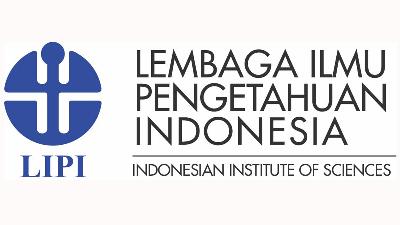The Application of Well Injection Technology in the Produced Water Management Oil and Gas Industry
Abstract
Keywords
Full Text:
PDFReferences
Arthur, JD et al (2011). Management of Oil and Gas Produced water From Wells. Working Document of the NPC North American Resource Development Study Paper, , pp, 2-17
Igunnu, Ebenezer T and George Z. Chen (2012). Produced Water Treatment Technologies. International Journal of Low-Carbon Technologies Oxford University Press. doi: 10.1093 / ijlct / cts049
Dores, Raul et al (2012). Using the Advanced Water Treatment Technologies To Treat Produced Water From The Petroleum Industry. This paper SPE dipesentasikan in international production and operations conference and exhibition in Doha Qatar 14 to 16 May of 2012.
Brant, Jonathan. A (2013). Technical Brief Oil and Gas Produced Water Treatment Technologies, The Nexus Group: Stockholm,.
Cheremisinoff, Nicholas P. and Paul Rosenfeld (2009). Handbook Of Pollution Prevention And Cleaner Production: Best Practices In The Petroleum Industry, Elsevier Inc: Oxford..
Haen, MT and Katharina Oginawati (2012). Exposure to Benzene Compounds relationship, Toluene and xylene With Hematology System Workers In Industrial Area Shoes. [Thesis]. Bandung (ID): Institut Teknologi Bandung
Akmal. (2010). Biodegradation of Phenol Wastewater by Candida tropicalis Textile Industry [thesis,. Bogor (ID): Bogor Agricultural University, 2010.
Hasiany, Sillak. Erlizaa Noor dan Mohamad Yani (2015). Penerapan Produksi Bersih Untuk Penanganan air terproduksi di Industri minyak dan gas. Jurnal Pengelolaan Sumberdaya Alam dan Lingkungan Vol.5 No.1:25-32. . doi : 10.29244/jpsl.5.1
Bader, MSH (2007). Seawater versus Produced Water In Oil-Fields Water Injection Operations, Journal of Desalination 208, 2007, pp, 159-168. doi: 10.1016 / j.desal.2006.05.024
Welch Robert A and. Rychel Dwight F (2004). Produced Water from Oil and Gas Operations in the Onshore Lower 48 States White Paper Phase I, Northrop Grumman Mission Systems Information and Technical Services Division, Tulsa Oklahoma,
Al-Hubail, J. and K. El-Dash (2006). Managing Disposal Of Water Produced With In Kuwait Petroleum. Journal of Environmental Management 79, 2006, pp, 43-50. doi: 10.1016 / j.jenvman.2005.05.012,
Maulina, IP (2011). Produced Water Management Systems Injection Method In Rhino Field Vico Indonesia [work practice], Bandung (ID): ITB 2011.
Guerra K, Katharine Dahm, Steve Dundorf (2011). Oil and Gas Produced Water Management and Beneficial Use in the Western United States, Department of the Interior Bureau of Reclamation US, 2011.
Liang, Y., Ning, Y., Liao, L., & Yuan, B (2018). Special Focus on Produced Water in Oil and Gas Fields. Formation Damage During Improved Oil Recovery, 515–586. doi:10.1016/b978-0-12-813782-6.00014-2
Adarma Tulus (2019). Pertamina EP Asset 4 Field Sukowati Gelar Tasyakuran Tajak Sumur. Diakses pada 20 April 2020. https://beritajatim.com/berita-migas/pertamina-ep-asset-4-field-sukowati-gelar-tasyakuran-tajak-sumur/
Kaya, E., & Zarrouk, S. J (2017). Reinjection of greenhouse gases into geothermal reservoirs. International Journal of Greenhouse Gas Control, 67, 111–129. doi:10.1016/j.ijggc.2017.10.015
Refbacks
- There are currently no refbacks.

This work is licensed under a Creative Commons Attribution 3.0 License.
Supported by :


 Indexed by :
Indexed by :




